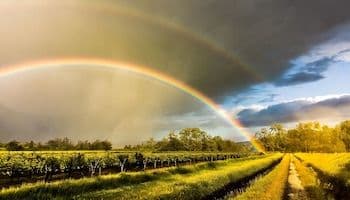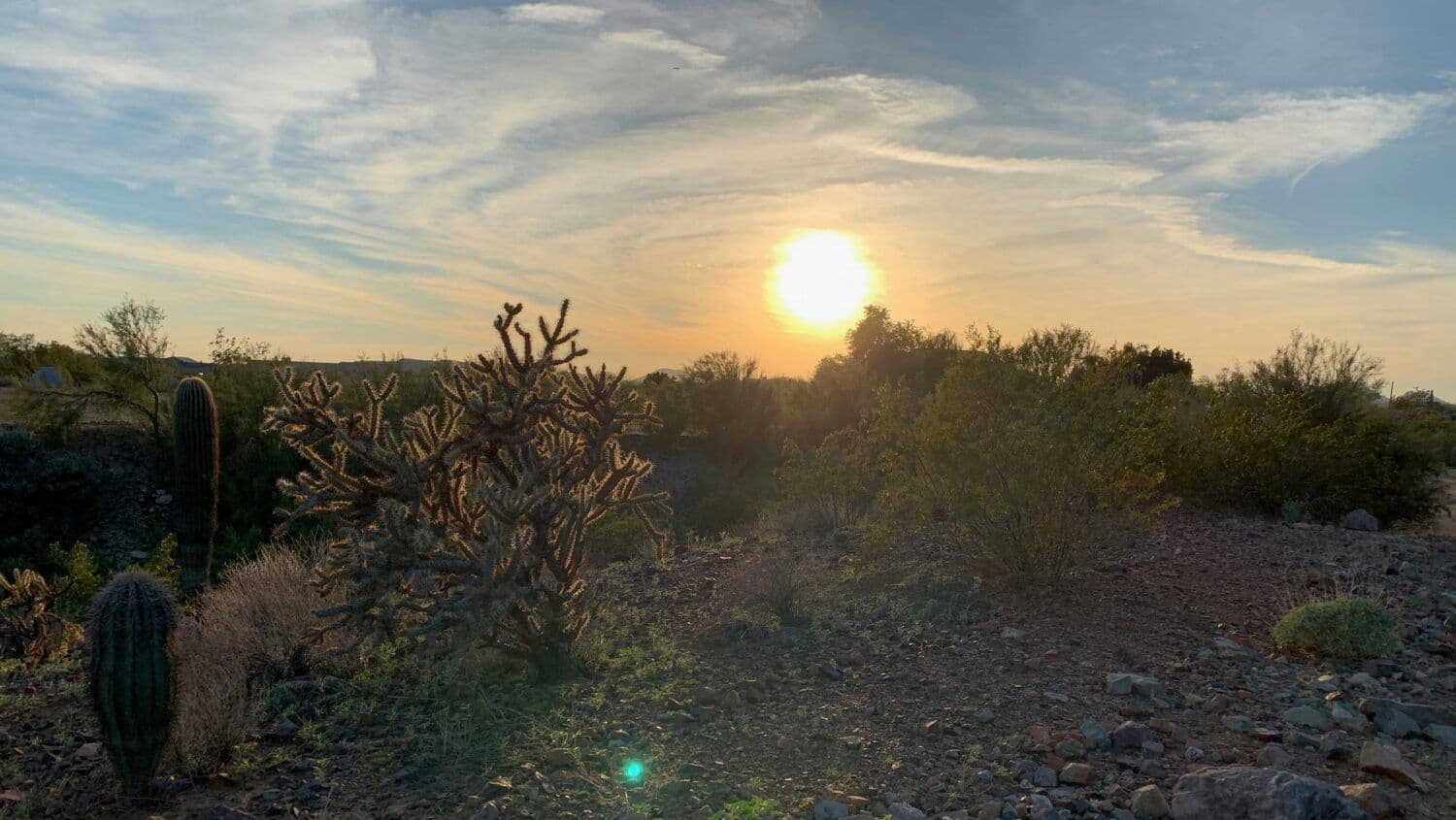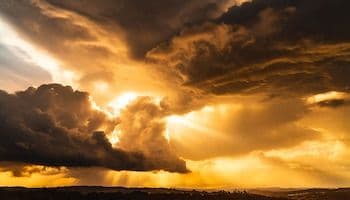Weather's New Imperative: How Forecasting Became Our Blueprint for Resilience
Discover how weather forecasts are evolving from simple reports to vital blueprints for resilience, helping communities adapt and thrive amidst accelerating climate extremes.
The Fading Familiarity of 'Normal' Weather
The notion of "normal" weather is rapidly becoming a relic of the past. Across the globe, communities are grappling with an undeniable shift, as what once felt like predictable seasonal patterns now give way to unprecedented extremes. Consider the recent scorching heatwaves that have gripped vast swathes of the . , for instance, recorded its first-ever 100-degree Fahrenheit day in its recorded history, a stark indicator of a warming climate. Simultaneously, faced its own perilous heat advisories, with officials like Governor urgently warning citizens to check on vulnerable neighbors. Heat, after all, is tragically the number one cause of extreme weather fatalities in the state, even leading to power outages and subway disruptions. These aren't isolated incidents. As peak hurricane season approaches, the unnervingly warm waters of the signal potential for more intense storms, a reality that hits home for regions like , still recovering from the impacts of and . The sight of investors snapping up homes damaged by these storms isn't just a real estate trend; it's a grim testament to the new normal of recurring, severe weather events. The once-familiar rhythm of seasons is now punctuated by spikes of dangerous heat and the looming threat of powerful cyclones, challenging our very definition of stable climate.

Forecasts as Futures: From Prediction to Preparedness
In this era of unprecedented weather volatility, forecasts have evolved far beyond mere daily predictions; they've become critical blueprints for our collective future. No longer just a casual glance at tomorrow's temperature, modern weather forecasting is a sophisticated science that empowers proactive preparedness. Take the annual hurricane season outlooks, for example, which delve into the warmth of the to predict storm intensity. These aren't just academic exercises; they directly inform the strategic planning of entire regions. 's detailed hurricane response reports, for instance, are meticulously crafted based on such forecasts, outlining everything from evacuation routes to resource allocation. Even 's proactive development of a hurricane plan for something as unique as "Alligator Alcatraz" underscores the depth of this forward-thinking approach. The ability to anticipate extreme heat, like the 100-degree record in or widespread advisories across the Midwest and Northeast, allows cities to activate cooling centers, issue public health warnings, and even adjust work schedules to protect vulnerable outdoor laborers. This strategic use of weather intelligence helps communities and businesses mitigate risks, from shoring up infrastructure to managing supply chains. It transforms uncertainty into actionable intelligence, enabling us to shift from simply reacting to natural disasters to actively shaping a more resilient future.
The Human Equation: Trust, Behavior, and Adaptation
Even the most accurate forecast holds little value if it doesn't translate into effective human behavior. This is where the crucial "human equation" comes into play: building trust, influencing action, and fostering adaptation. When Emergency Management advises millions to "stay indoors in air-conditioned spaces" during a heatwave, or Governor urges residents to check on vulnerable neighbors, they are directly leveraging forecasts to prompt life-saving responses. The effectiveness hinges on public trust in these warnings and a willingness to alter daily routines. However, the path from forecast to adaptation isn't always smooth. The fact that workers in were left in harm's way during record-breaking heat highlights a significant gap between knowing the risk and implementing protective measures. It underscores the societal challenge of ensuring that preparedness isn't just a top-down mandate but a widely adopted, equitable practice. When hurricanes like and strike, the aftermath, including the phenomenon of investors acquiring damaged homes, reveals complex human responses to disaster and varying capacities for recovery and adaptation. Ultimately, the success of weather forecasting as a resilience tool relies on fostering a culture where warnings are heeded, communities are educated, and collective action becomes the norm, transforming information into tangible safety and security.
Beyond the Horizon: Strategic Weather Intelligence for a Volatile World
Looking beyond immediate alerts, weather forecasting is rapidly evolving into strategic weather intelligence, a sophisticated blueprint for long-term societal resilience. This isn't just about tomorrow's rain; it's about understanding macro-level trends and their implications for years, even decades, to come. Consider the detailed climate models, often from institutions like , that project the severity of upcoming hurricane seasons based on temperatures. Such insights are invaluable for urban planners deciding where to build, insurance companies assessing risk, and governments crafting comprehensive disaster mitigation policies, as seen in 's robust response reports and 's efforts to develop hurricane plans for critical infrastructure like "Alligator Alcatraz." This strategic intelligence also encompasses innovative, albeit sometimes controversial, discussions around weather modification, like 's ban on cloud seeding, reflecting a complex interplay between human intervention and natural systems. It informs agricultural strategies, energy grid management, and even investment decisions, as evidenced by how real estate markets respond to hurricane impacts. In a world increasingly defined by climate extremes, integrating this deep, anticipatory weather intelligence into every facet of public policy and private enterprise is no longer optional. It's the cornerstone of building genuinely adaptable and resilient societies ready to face an unpredictable future.
Related Articles

The Unseen Architects of Tomorrow: How Weather Forecasts Guide Global Decisions

The Unseen Architects of Tomorrow: How Weather Forecasts Guide Global Decisions

Navigating Nature's Extremes: The Unseen Influence of Weather on Our Daily Fabric

Navigating Nature's Extremes: The Unseen Influence of Weather on Our Daily Fabric

Nature's Rollercoaster: Understanding Your Local Weather's Wild Swings

Nature's Rollercoaster: Understanding Your Local Weather's Wild Swings

The Daily Dial: Decoding the Earth's Shifting Moods in Your Local Forecast
